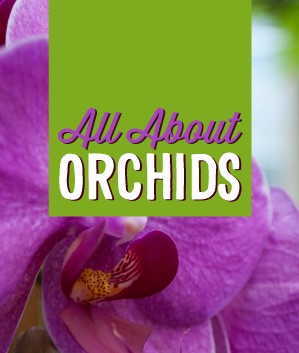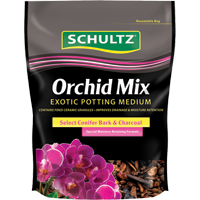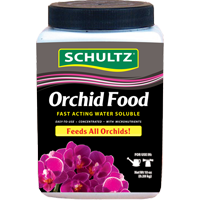
Background
Orchids once had a reputation for being not only difficult to grow, but also expensive. Thanks to a more efficient process and the development of low-maintenance hybrids, several varieties of orchids today are not only reasonably priced, but also resilient enough to survive for years on your window sill. To ensure this they need to be given the kind of consistent, routine care you would provide any flowering houseplant.
Most orchids commonly grown as houseplants are epiphytic as opposed to terrestrial plants. That means they grew in nature on rotting logs or trees with their roots dangling in the air from which they obtain moisture and nutrients.
How to Care for Orchids
Despite minor variations of the kind that always exist between plants of different species, epiphytic orchids share several preferences that can be traced back to their common, tree-dwelling origin. These general preferences, many of which also apply to terrestrial orchids, provide the keys to proper care. Here is a quick rundown of the basics:
Potting Mix
Since epiphytic types are tree-dwelling plants and terrestrial types grow in very loose, moist, humus-rich soil, it should come as no surprise that conventional garden soil just doesn’t work for orchids. Instead, they need to be grown in a light, bark-based potting medium made especially for orchids.
Most orchids flower more freely when their roots are a tad cramped, so repot them only when growth shows signs of reduction. When it’s time to re-pot, simply move up to the next larger sized pot or divide the plant and re-pot the divisions in separate small containers.
Light, Temperature and Humidity
Most houseplant orchids prefer bright, but filtered light, such as that from an east or west-facing window. Outdoors, plants should be placed in filtered light, protected especially from intense afternoon sun. Rotate plants ¼ turn every week or so to prevent plants from leaning toward the light.
Most orchids thrive in a temperature range of 50 to 60 degrees Fahrenheit on the low end and 70 to 80 degrees Fahrenheit on the high end. Daytime temperatures of approximately 70 degrees Fahrenheit in summer and 60 degrees Fahrenheit in the winter will suit most types as well. On excessively cold winter nights move the plant further away from the window in order to limit exposure to low temperatures.
While actively growing in spring and summer, most orchids require very humid conditions. To supply the ambient moisture they need at this time, set pots of indoor plants on trays of moistened pebbles or gravel, making sure that the water level of the tray stays below the drainage hole located at the bottom of the plants container. Let your plants spend the summer outdoors when the weather is warm and humid.
Watering
For most types, you will want to keep the potting mix evenly moist at all times. Watering whenever the plants pot feels lighter than normal is a good rule of thumb to follow: this indicates that the potting mix has dried out almost completely and will automatically encourage you to water more often in the summer and less in the winter.
Feeding
A water-soluble orchid plant food should be applied every time that you water your indoor plants. In the fall and winter, use a formula that will encourage blooming.
Insect and Disease Control
Though they aren’t particularly attractive to insects, orchids can occasionally be visited by insects common to most houseplants, including aphids, mealy bugs, scales, spider mites, Thrips, and whiteflies. Control these diseases as they occur using a spray, oil, or soap.
The single most disease concern is root or crown rot. This can occur in poor drainage conditions or if excessive watering occurs. If a soft, dark, mushy, tissue develops, it should be cut out or removed with a sterilized knife. The wound should be treated with sulfur powder or other fungicides that are indicated for that purpose. Correct the drainage issues and water sparingly.
Propagation
The most common form of propagating orchids among homeowners is division. Sympodial orchids are easily divided. Be sure the plant is large enough, and when divided, each new segment should still have 3 healthy shoots or pseudobulbs. Simply use a sharp, sterilized knife to separate the sections. The plants will take about 2 to 3 years after dividing to rebloom.











